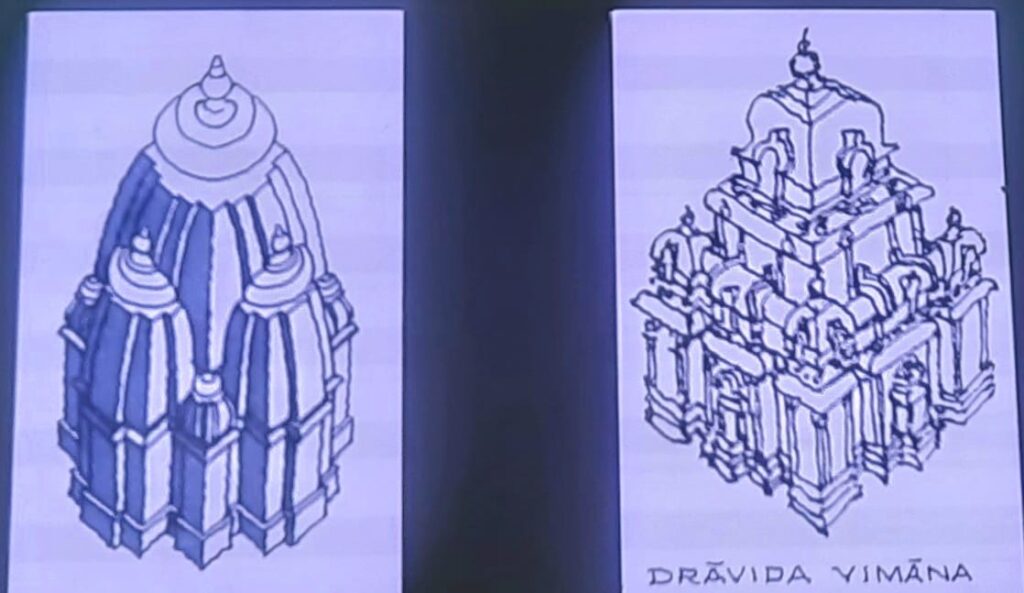Dr. Crispin Branfoot, Reader in the History of Arts and Archaeology of South Asia, School of Arts, University of London, specializes in South Indian temple architecture. In an interaction with The Interview World, Dr. Branfoot discusses Indian temple architecture, cutting-edge architectural techniques, and emerging preservation practices. Here are key highlights from the interview.
Q: What are the differences between South Indian and North Indian temple architecture?
A: The temple history unfolds uniquely in terms of scale and intricacy, diverging in practices yet converging in a shared purpose. The variance lies not only in development but predominantly in formal morphology and design. Moreover, each temple, a testament to cultural nuances, showcases distinct architectural identities. Despite the diversity, a common purpose unites them all—a shared delight in devotion and architectural grandeur.
This shared commonality is the essence that transcends temporal and cultural boundaries, creating a global spectacle of architectural marvels. Witnessing this great tradition of architecture on the world stage is a source of immense pleasure. Nevertheless, it reflects the rich tapestry of human creativity and spiritual expression through the ages.
Q: What are the innovative methods and technologies available for architecture globally?
A: Temples are sprouting across the globe as Hindu and Jain communities establish roots worldwide. The narrative unfolds as these communities migrate, crafting new sacred spaces in distant lands. This ongoing tradition of temple construction on a global scale is a captivating saga. It illustrates the enduring vitality of a lived cultural legacy.
Moreover, it beckons us to delve deeper into the contemporary stories of temple creation. It sheds light on the vibrant tapestry being woven in the present. While cherishing the richness of our heritage, there’s a pressing need to amplify the discourse around their architecture emerging today.
By spotlighting both the historical and the current, we unravel the threads that connect generations and continents. Furthermore, they foster a profound appreciation for the evolving tapestry of spiritual sanctuaries across the world.
Q: What kind of new practices of preservation and construction of temples have been introduced in the recent past?
A: In the realm of contemporary construction, temples are witnessing a paradigm shift with the integration of innovative materials. These materials include concrete, cast steel, and cast iron. This evolution underscores the enduring dynamism within architectural traditions. Despite the utilization of traditional materials like stone, there persists a constant flux marked by adaptability and evolving construction methodologies.
As a historian specializing in ancient structures, my focus lies in marveling at the resilience of those earlier edifices crafted from formidable materials. It’s truly extraordinary to reflect on the ingenuity and labor invested by our predecessors in working with such unyielding substances.
The juxtaposition of ancient and modern building materials not only reveals a rich tapestry of architectural continuity but also underscores the perpetual metamorphosis within the craft. It’s undoubtedly a testament to the timeless spirit of construction innovation.
Q: What observation do you have on the construction of Ram Mandir in Ayodhya?
A: Unfamiliar with details regarding this project, including the construction material, my knowledge is limited. Yet, I anticipate it to be a remarkable addition to the rich tapestry of temple history and architecture. The project holds the promise of contributing a distinctive chapter to the enduring narrative of temples. The construction material remains elusive to my understanding. Nevertheless, the prospect of witnessing the emergence of a structure steeped in historical significance and architectural prowess piques my curiosity. I am confident that Ram Mandir will leave an indelible mark on the annals of temple history.



